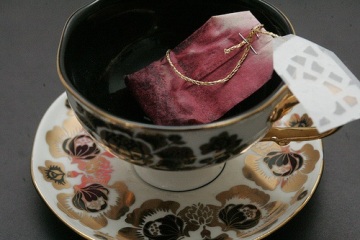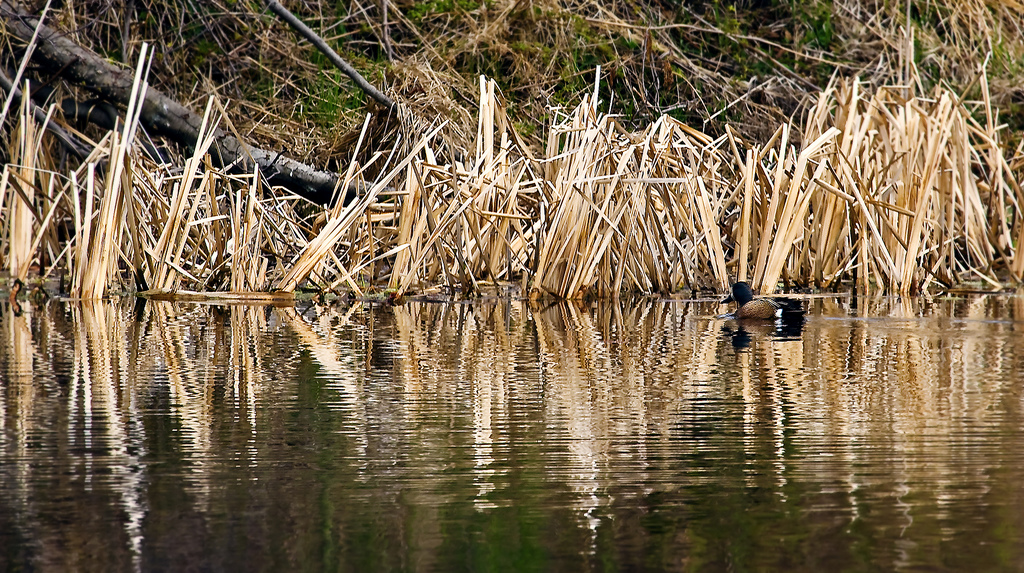Betcha didn't know...
-It is known by many different names:
common cattail, cattail, broadleaf cattail, soft-flag, punks,
bulrush, reed mace, corndog grass
-It is invasive and some consider it a weed
-It can grow in areas of high acidity or containing heavy metal allowing it to be used in secondary waste water treatment!
-It is being looked at as an alternative fuel!!
-It is used to help erosion control
-The rhizomes can be ground into a salve and
used as a wound dressing, used by the Cahuilla of southern
California.
used by the Cahuilla of southern
California.
-The fluff from the seeds was used to make dressings for sores and burns by the Sioux and other tribes of the Missouri River region.
-The roots and leaf bases were made into a tea to treat stomach cramps by the Cheyenne.
-The stems and leaves are made into fans in
Guatemala
-It’s used to make sandals in Peru
-It’s used to make rafts on Lake Titicaca
-It’s used to make dolls by the Chippewa
-Fluff from seeds is used as bedding in Bermuda and Sweden
-Seed fluff is used in quilts, diapers, torches, pillows, mattresses, upholstery, filling in basketballs and life jackets!
EDIBLE USES:

-Pollen is used as flour, known to be good in pancakes
-Flower spikes can be cooked and eaten like corn on the cob
-Inner part of shoots and core of the rhizome is starchy and can be eaten raw
-Core can also be baked, dried and ground into flour, or boiled into syrup
-Fluff from the flower can be burned to separate the seeds which are edible
-Root is a source of alcohol in Russia
Interesting in recipes made with cattails? click here.
To see references used, click here.
Back to the marsh

